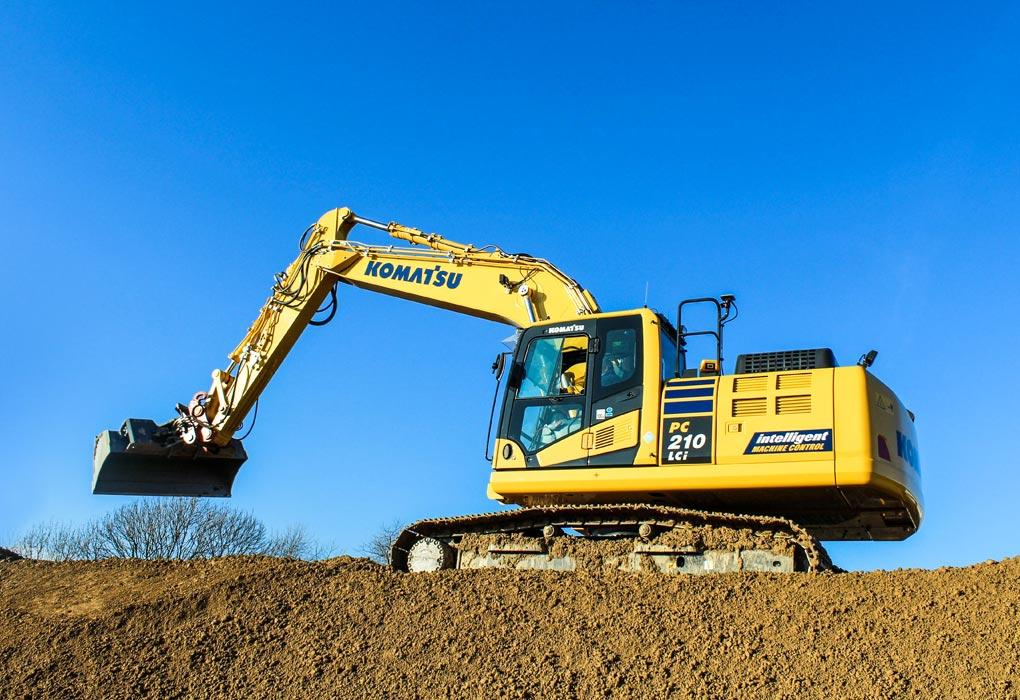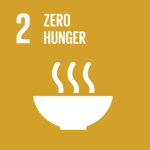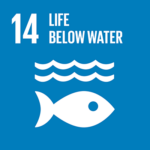
SATEL-EASy+
SATEL-EASy+ offers a modern solution for various long-range applications.
| 320 … 380 / 403 … 473 MHz |
| RS-232, -422, -485 |
| 1 W |
In GNSS (Global Navigation Satellite System) positioning and timing data is encoded in the satellite signals from space. GNSS is used for example in land surveying, mapping, location based services, precision farming, space applications, maritime, machine control and mining. Accuracy, continuity and availability are essential in GNSS.

SATEL’s radio technology is used worldwide in a variety of GNSS RTK, remote measurement and control and interrogation applications. It provides a sustainable solution based on quality, reliability, continuity and low life cycle cost. SATEL technology is used both separately as an external radio and also as a small radio module integrated into measurement devices. The installation is made easy.
In real-time Differential Global Positioning System (DGPS) and Real Time Kinematic GPS (RTK) the data is transmitted from the base GNSS receiver situated in a known position to the rover GNSS receiver. The rover GNSS receiver takes the base data into account in order to calculate its own position in centimeter accuracy. SATEL’s radio technology is an excellent choice for wireless data link between GNSS base and rover stations. SATEL radio modem sends the position correction data from the base station to the rover once a second.
Precision agriculture or precision farming is a modern way to use technology to monitor and optimize production processes. It uses sensor technologies, satellite navigation and positioning technology.
Precision farming increases the quantity, accuracy and quality of agriculture. Its aim is to save costs, reduce environmental impact and, of course, produce more and better food. It makes it possible to use less energy, water, fuel, pesticides and fertilizers. Precision farming helps in managing production in an environmentally sustainable way.
Technology is used to measure variations in field’s conditions and then utilize this site-specific information in matching the fertilizer, seed and chemical rates with the conditions. Fertilizers and pesticides are used only where and when they are actually needed. This technology can also be used to assess individual animal’s condition and needs in larger herds, which enables optimizing feeding on an animal basis.
Most common technologies used are yield mapping, soil mapping, auto-guidance machinery steering, and variable rate technologies (VRT).



If you want to know more about the possibilities of radio technology, please contact us or our local distributor.